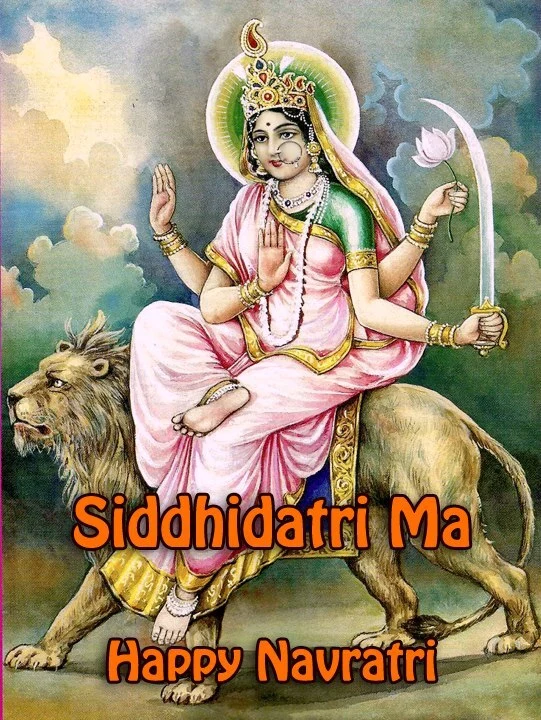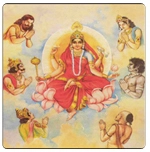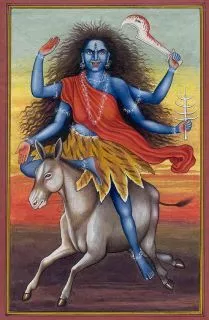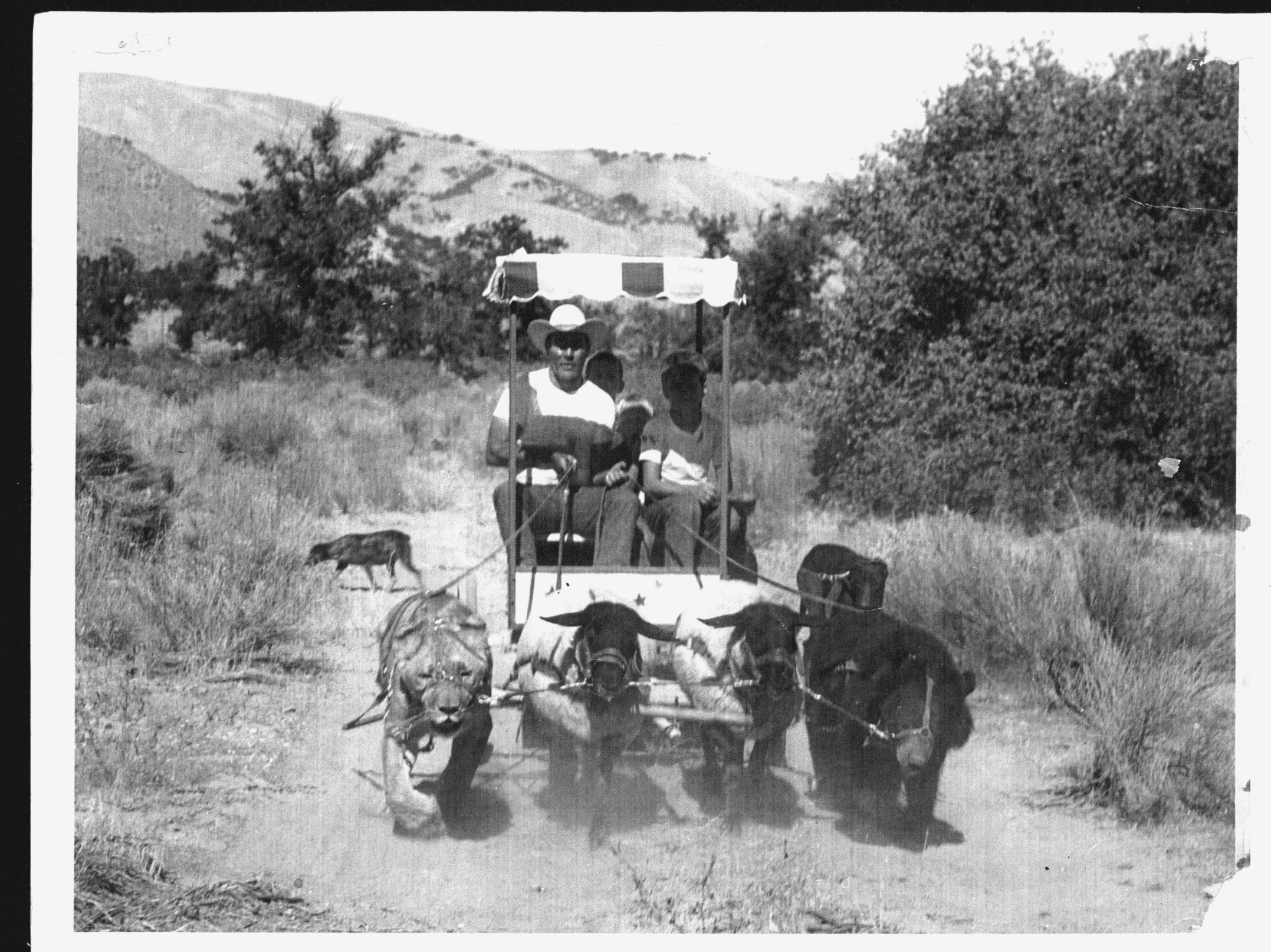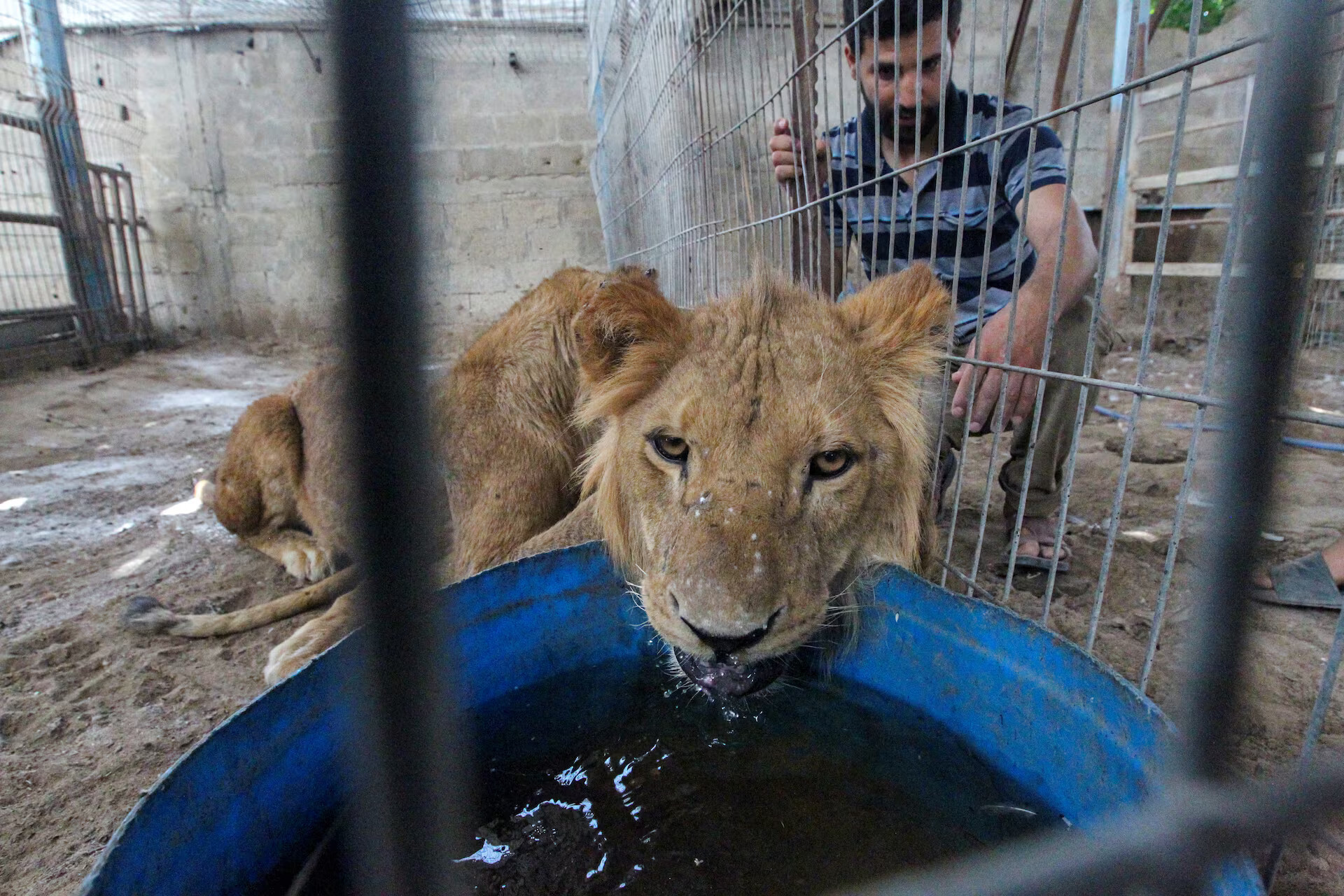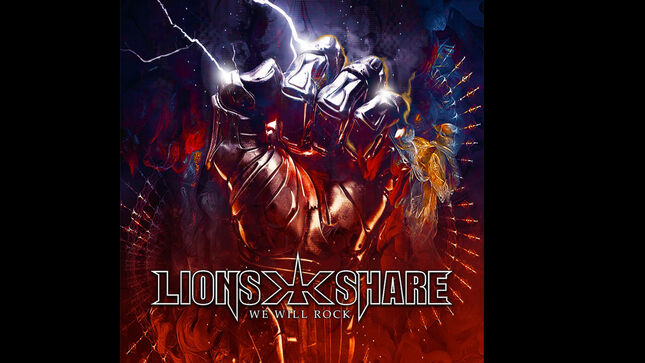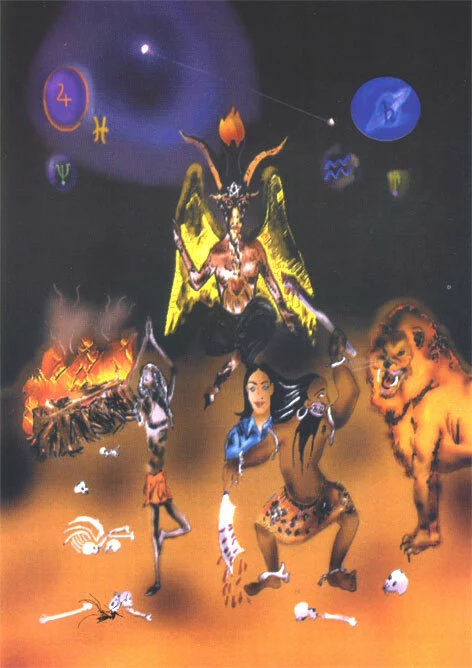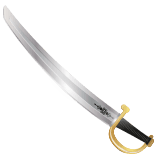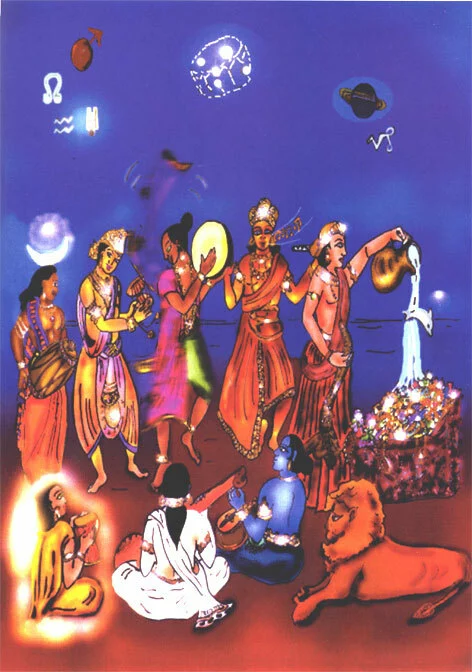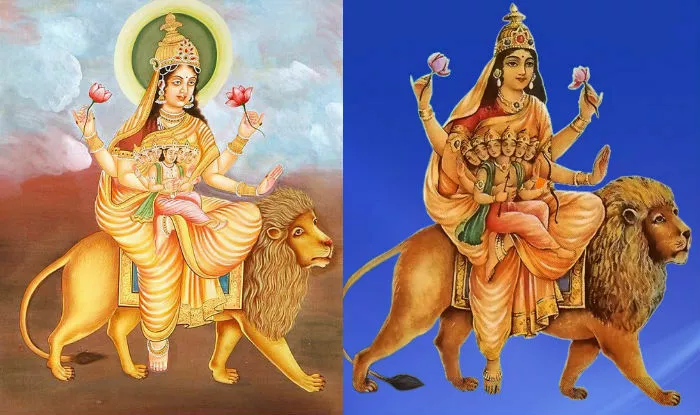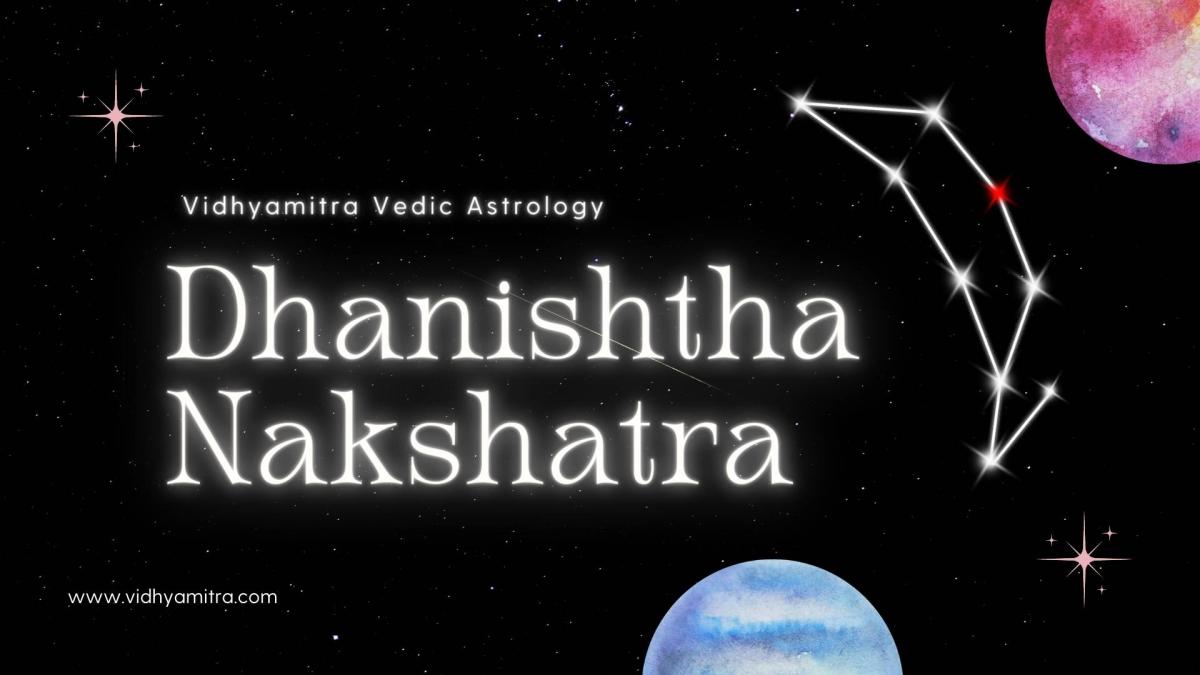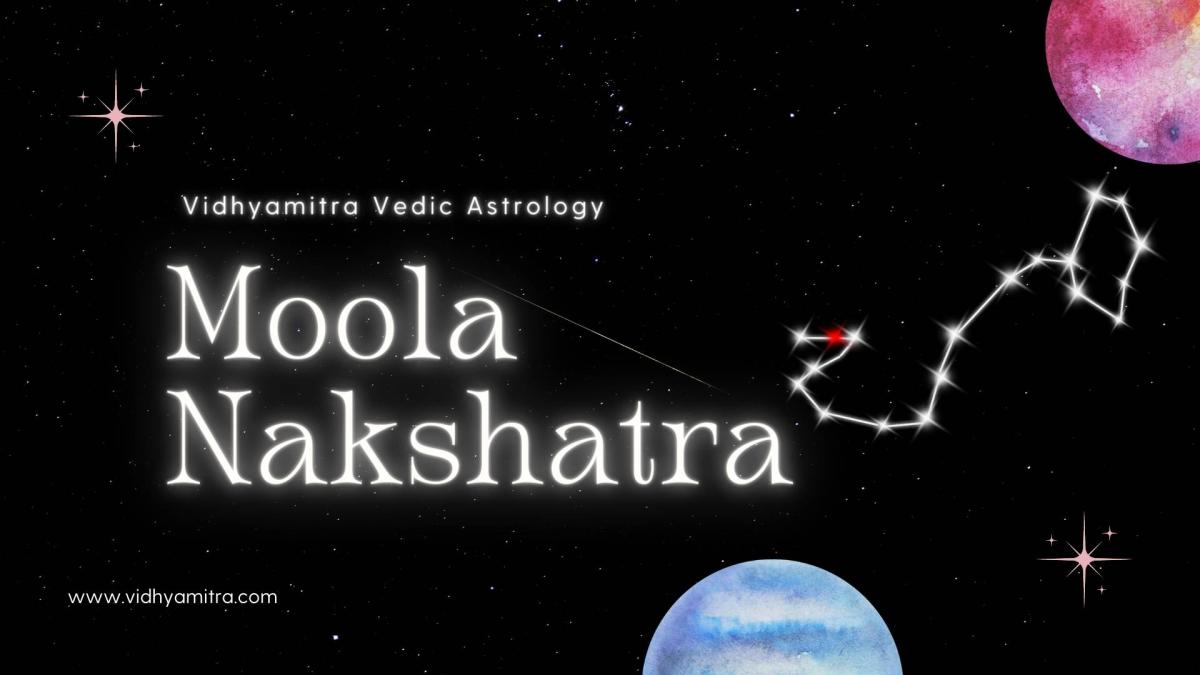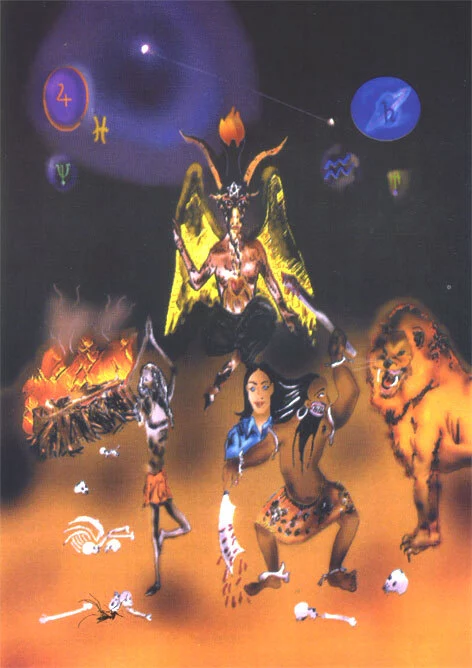
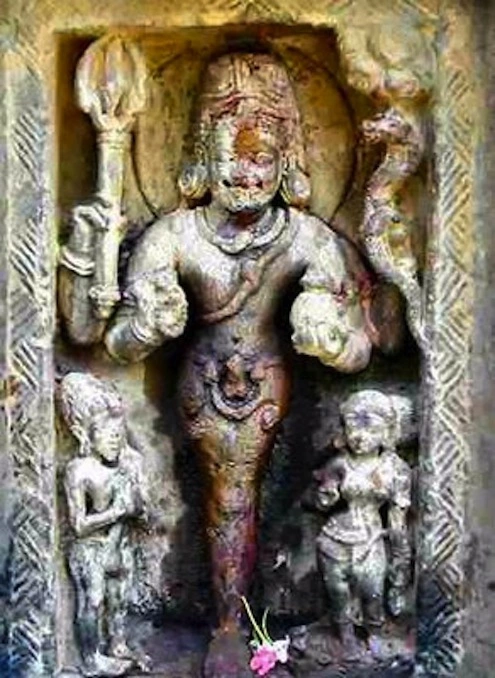
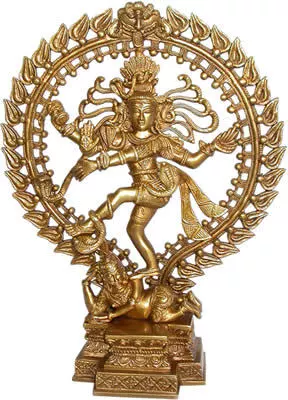
Characteristics male
Males born in Purva Bhadrapada nakshatra are soft-spoken and peace-loving people. They have very strict values, which they follow religiously and it agitates them when others do something totally opposite. Though they are not the most religious people, they are very humble in nature and are always ready to fight on others’ behalf if they ever encounter unfairness. They will get angry if they are slighted in any way and love a simple life free of complications. They have a very kind soul and help those in need, but for one reason or the other, they always create misunderstandings which ultimately leave them unloved. People do respect them a lot even if they are not always financially strong.
Profession male
Males of this nakshatra will have enormous luck when it comes to business endeavours. They are naturally intelligent and have a knack for business. If they prefer going for government jobs, that will also be extremely suitable for them as there are chances that their monthly earnings will be more than average and they will frequently get promotions and salary hikes. Because of that, these males will never have to suffer financially and will be independent in all aspects of life. The growing period for their career will be between the age of 24 to 33. They will find themselves settled between the age of 40 to 54.
Compatibility male
Everything will be normal when it comes to relationships for the males of Purva Bhadrapada nakshatra and they will find loving wives and healthy children. But when it comes to maternal love, these males will not receive much. Their relationship with their mothers will always be on shaky grounds. The reason behind the distance between mother and son could be because of the mother’s professional conditions.
Health male
The males of this nakshatra will have to suffer quite a bit when it comes to their health. Health problems like paralytic attacks will cause them stress. They might have to suffer from acidity and digestive problems and might catch diabetes in the later stage of their life. Problems in the ribs, feet, and sides of their abdomen might also occur.
Characteristics female
Females of Purva Bhadrapada nakshatra are born leaders and are the most dominant ones among their peers. They have a commanding way of speaking and are mostly suitable for the role of a leader while in a team. Projects led by them will go smoothly and people working under them will have no issue following their orders. Their ethics are the most important thing for them and making them do something that goes against that will be next to impossible. Although they find it hard to trust anyone without assessing their intentions. Even if they are financially capable of helping others easily, they will only do so after thoroughly evaluating the situation and making sure that they actually need their help.
Profession female
Females of this nakshatra have the keenness to learn and discover. So professions relating to science and technology will be the best match for them. As they are extremely brilliant in their studies and will ace in their academics, they can look for their career as a scientist or doctor. They can also opt for teaching if they prefer a simpler profession with less pressure. Other professions that might suit her are in the field of astrology, statistics, or research, where they can utilize their brain the most.
Compatibility female
The females of Purva Bhadrapada nakshatra will be blessed to have a very happy and prosperous family after their marriage. They will find a husband who will dote on them, and they will have very good compatibility. Females of this nakshatra will have extremely good luck when it comes to children as they will have many of them, and they will have a very big family. These females are very good at managing the family and will ace at household activities.
Health female
There are some health problems that females of this nakshatra will have to go through. Some issues that might occur are liver problems, low blood pressure, apoplexy, and pain in the ankles.
Purva Bhadrapada Nakshatra Dates 2022
January 7, 2022 February 3, 2022
March 3 & 30, 2022 April 26, 2022
May 23, 2022 June 20, 2022
July 17, 2022 August 13, 2022
September 10, 2022 October 7, 2022
November 4, 2022 December 1 & 28, 2022
Purva Bhadrapada Nakshatra Padas
Pada 1st: Dominated by Mars, the first pada of this nakshatra lies in Aries navamsa. People born om this pada have to work on their patience and learn to control their emotions. Problems regarding their aggressive mentality might occur. They should learn to transmit their emotional energy to achieve their goals.
Pada 2nd: Dominated by Venus and falling in Taurus navamsa, those who belong to this pada will have an energetic nature with, which they will indulge in exploring their dark side.
Pada 3rd: Dominated by Mercury and falling in Gemini navamsa, the people born in this pada have a curious nature. They like to explore the lighter aspect of their nature, and have a humorous personality.
Pada 4th: The fourth pada of this nakshatra is dominated by the Moon and lies in Cancer navamsa. Those born in this pada might have a sense of unsafe aura about them as they have features of both the good and the evil. They mesh well with the other three padas of this nakshatra.
Features of Purva Bhadrapada Nakshatra
Symbol- #Sword, two front legs of a funeral cot, Man with two faces
Ruling planet- #Jupiter
Gender- Male
Gana- Manusha
Guna- sattva/sattva/rajas
Presiding Deity- #Aja-Ekapada
Indian Zodiac- 20° Kumbha – 3°20′ Meena
https://astrotalk.com/nakshatras-constellations/purva-bhadrapada




